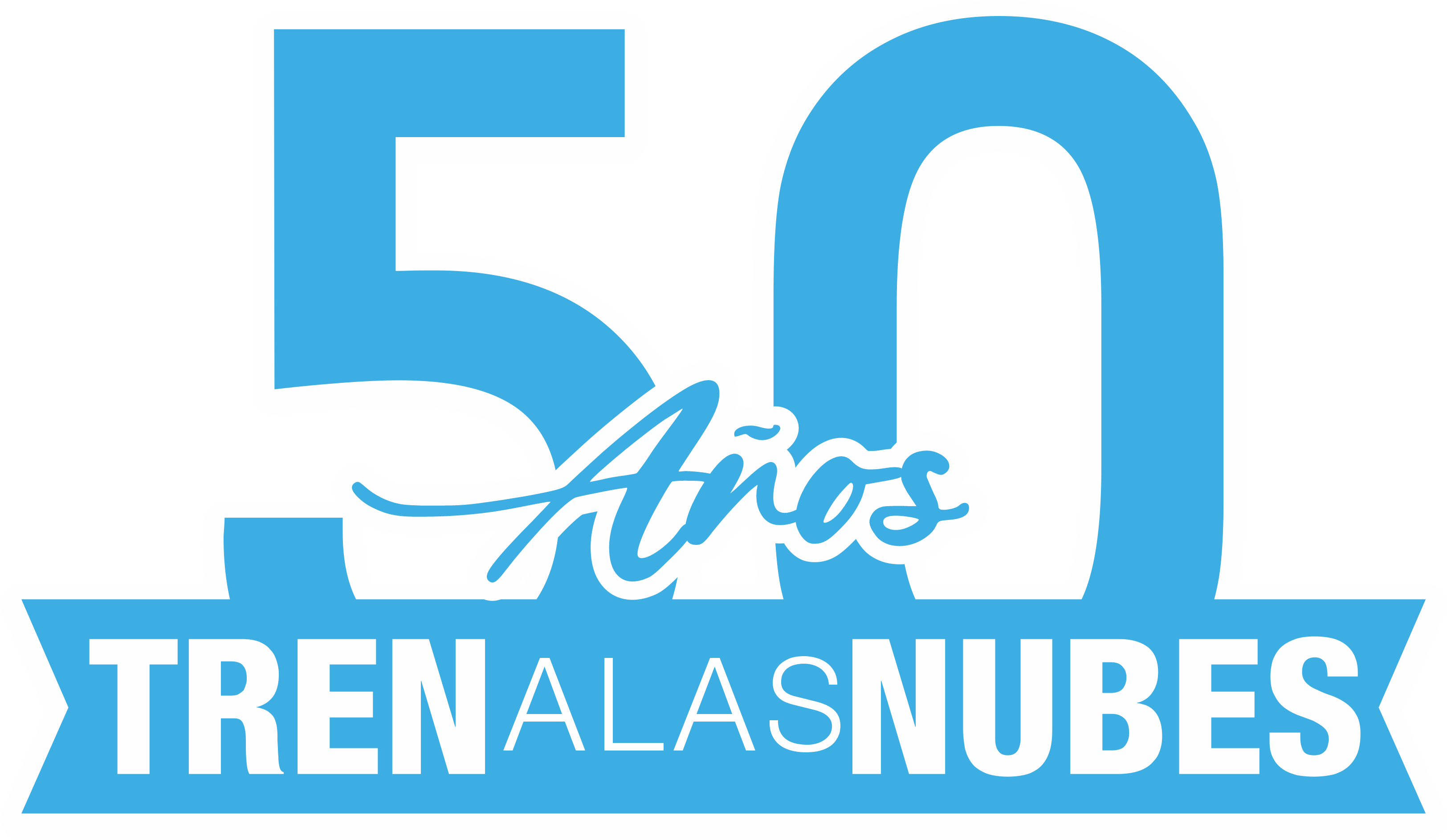From the year 1916, in the Argentine Republic railway policy takes on a new approach, President Hipólito Yrigoyen intends to promote the development of new national regions through the extension of development lines. On March 14, 1921, ratified by the entire cabinet, and “without legislative sanction,” he ordered the initiation of the section Rosario de Lerma – El Golgotha (later Ing. Maury), for which he allocated five million pesos for 43 kilometers. This historic decree was the starting point of multiple accusations and one of the most extraordinary technical feats, if we measure it by the equipment available: pick, shovel, cart, bar, dynamite and trucks with limited load capacity. Climbing up to 4,475 meters in Abra Chorrillos explains fully the legend that evokes the mythical name of Huaytikina.
On March 31, 1921, Engineer Richard Maury, an American citizen from Philadelphia and his collaborators, took over the work. With a staff that totaled 1,300 workers and employees, with very good salaries for the time. During the almost 27 years in which the gigantic work that was the Huaytiquina railway was developed. He carried out a real technical feat, embodied in the creative and daring layout of 42 stations, 13 viaducts (among them those of the Toro and Polvorilla rivers); 32 steel bridges, 21 tunnels.
Finally, on January 17, 1948, the rails were joined in Socompa, and on February 20, the full inauguration of Trasandino del Norte was celebrated with the assistance of the Minister of Public Works, General of Div. Juan Pistarini, who witnessed the celebration in the border station. Two days later, on Sunday, February 22, at 0:15, he left San Miguel de Tucumán, and at 11:05. On the same day I started from Salta, the 231th passenger train that would be the first regular service of this line with connection to Antofagasta, although initially in combination with a motor car on the Chilean side.



 Atención Lunes a Viernes de 8 a 20 hs y Sábados de 9 a 15 hs.
Atención Lunes a Viernes de 8 a 20 hs y Sábados de 9 a 15 hs.